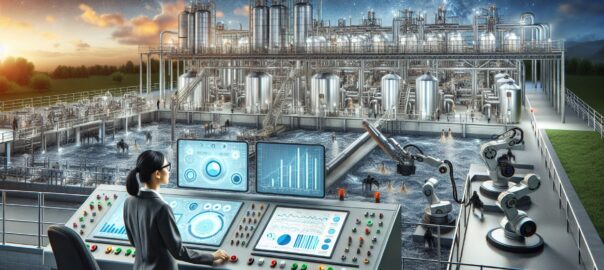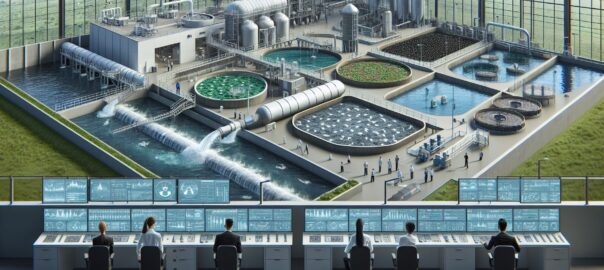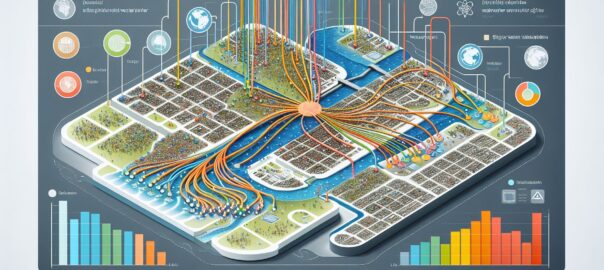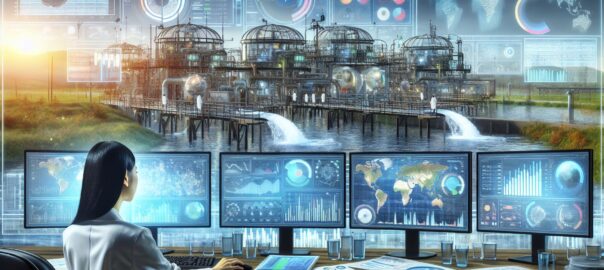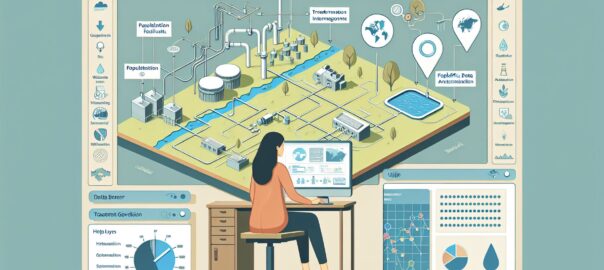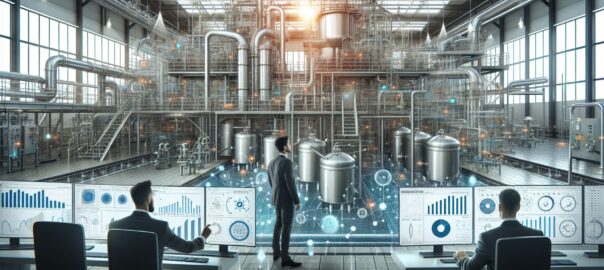Designing wastewater systems is a critical task that involves technical know-how, environmental considerations, and compliance with regulatory standards. As we advance into an era that prioritizes sustainability and efficiency, the importance of innovative wastewater system design cannot be overstated. So, what goes into the design of these complex systems that ensure our environment stays clean, and our water resources are protected?
The Role of Wastewater Systems
First, let’s understand the role of wastewater systems. These systems are essential for collecting, treating, and disposing of or reusing wastewater generated by residential, commercial, and industrial sources. Properly treated wastewater can be a valuable resource for non-potable uses, and modern wastewater system designs are increasingly focused on resource recovery.
Key Components in Designing Wastewater Systems
When talking about wastewater system design, it’s essential to consider the entire process, from the initial collection to the final discharge or reuse. Here are some key components that designers must consider:
Collection Systems
A robust collection system ensures that all wastewater is efficiently captured and transmitted to the treatment facility. This involves a network of pipes, pump stations, manholes, and possibly, sewer connections.
Treatment Processes
Once collected, the wastewater must be treated to remove contaminants and pathogens. This can involve multiple processes, including primary (physical), secondary (biological), and tertiary (chemical or physical) treatments.
Sludge Handling
The solid waste removed from the wastewater must be processed and disposed of or repurposed safely and sustainably.
Discharge or Reuse
The final step involves releasing the treated water back into the environment or redirecting it for reuse. This requires careful consideration of the environmental impact and potential uses for the reclaimed water.
Design Considerations
Designing a wastewater system is a comprehensive process that involves:
- Environmental Impact: The system must be designed to protect local ecosystems and water bodies.
- Future Growth: Designers must anticipate future growth and increased wastewater volumes.
- Regulations: Compliance with local, regional, and national regulations is a must.
- Technology: Incorporation of the latest technology for treatment and efficiency.
- Cost: Systems must be cost-effective and provide good value over their operating life.
Sustainability and Innovation
Recent trends in wastewater system design focus on sustainability and innovation. This includes energy-neutral treatment plants, nutrient recovery for fertilizers, and advanced monitoring systems to ensure optimal operation.
The Design Process
A typical wastewater system design process includes:
- Preliminary studies and data collection.
- Feasibility analysis.
- Conceptual and detailed design development.
- Permitting and regulatory approvals.
- Construction and commissioning.
- Operation and maintenance planning.
Each phase requires coordination with stakeholders, engineers, environmental scientists, and regulatory bodies.
Challenges and Future Outlook
Designing wastewater systems comes with its set of challenges, including dealing with aging infrastructure, emerging pollutants, and climate change impacts. Nevertheless, the industry is responding with more resilient, adaptable, and integrated designs that better respond to the needs of both people and the planet.
As we continue to strive for better wastewater management, the role of efficient system design becomes increasingly important. It’s a field of endless innovation, dedicated to ensuring public health and environmental sustainability for years to come.
Sources
- “Wastewater Treatment” by Metcalf & Eddy, Inc., AECOM. McGraw-Hill Education.
- “Principles of Sustainable Wastewater Treatment” by the Water Environment Federation (WEF) (wef.org)
- “Wastewater Engineering: Treatment and Resource Recovery” by George Tchobanoglous, Franklin L. Burton, and H. David Stensel. McGraw-Hill Education.
Remember, a well-designed wastewater system is not just about science and engineering; it’s about creating a symbiotic relationship between human development and nature, ensuring the well-being of both for generations to come.



